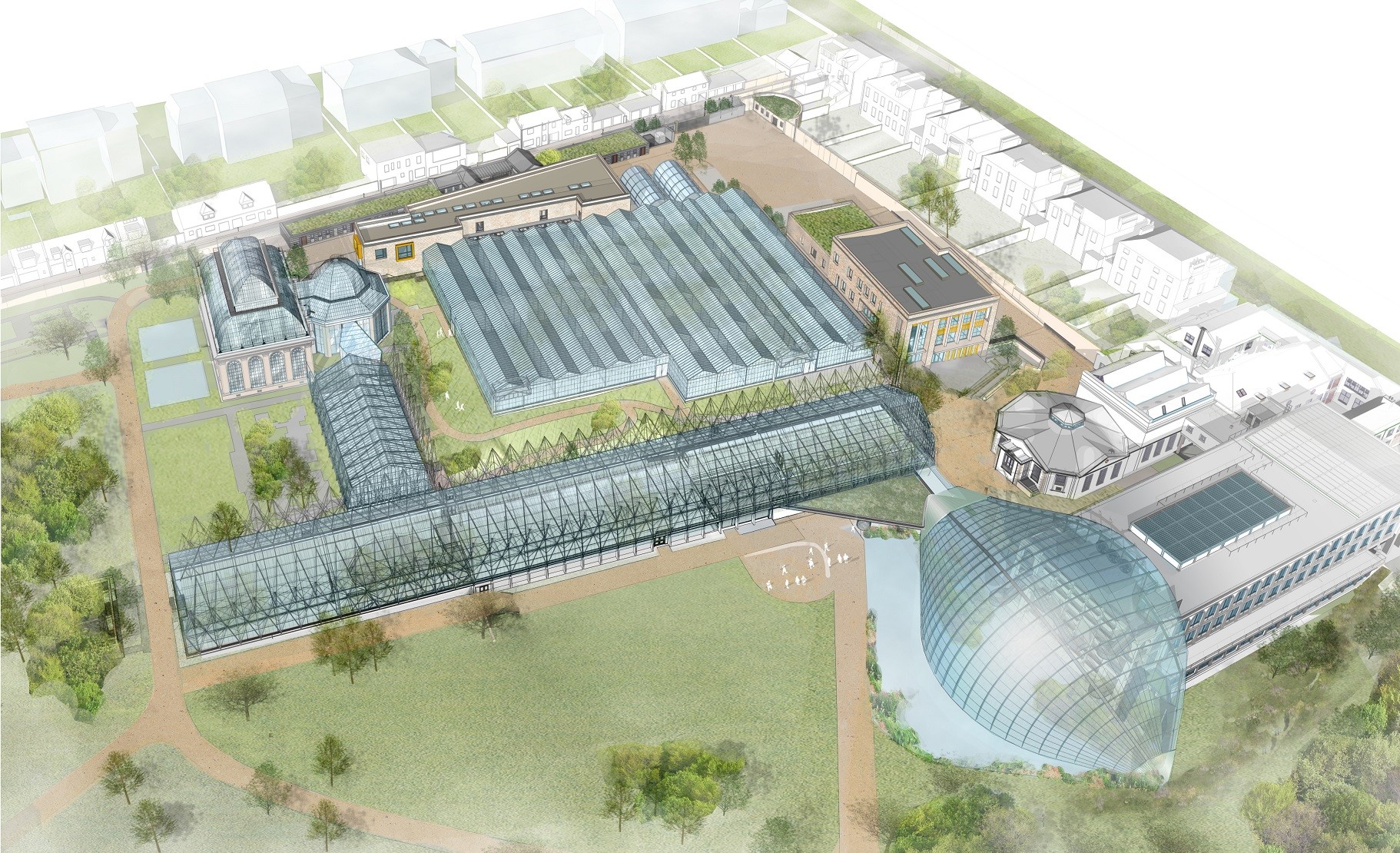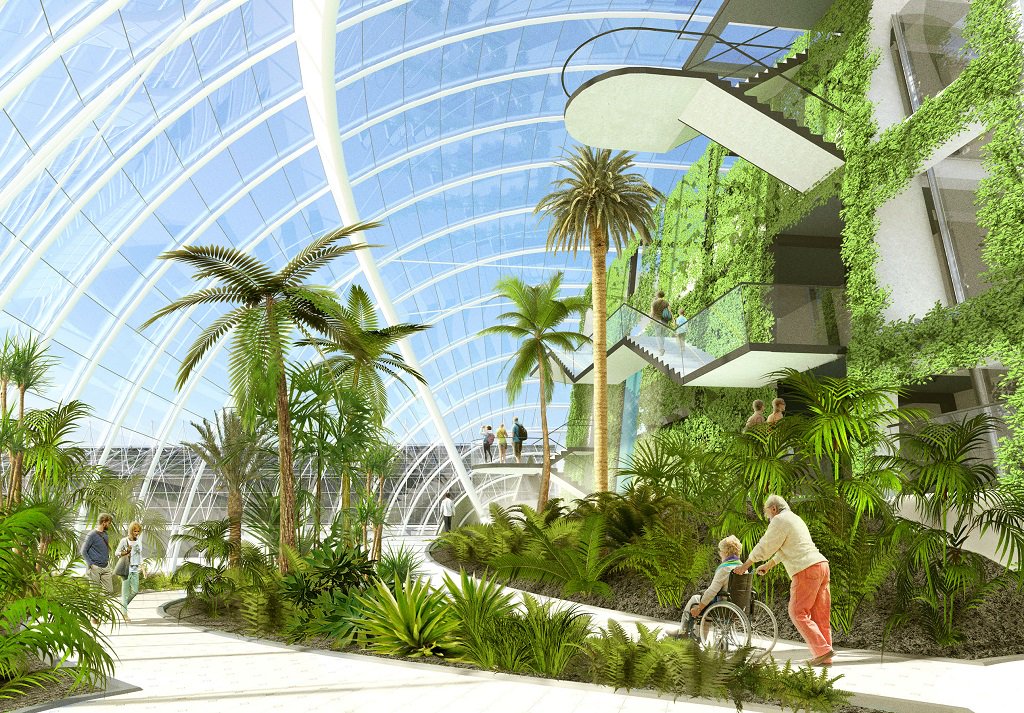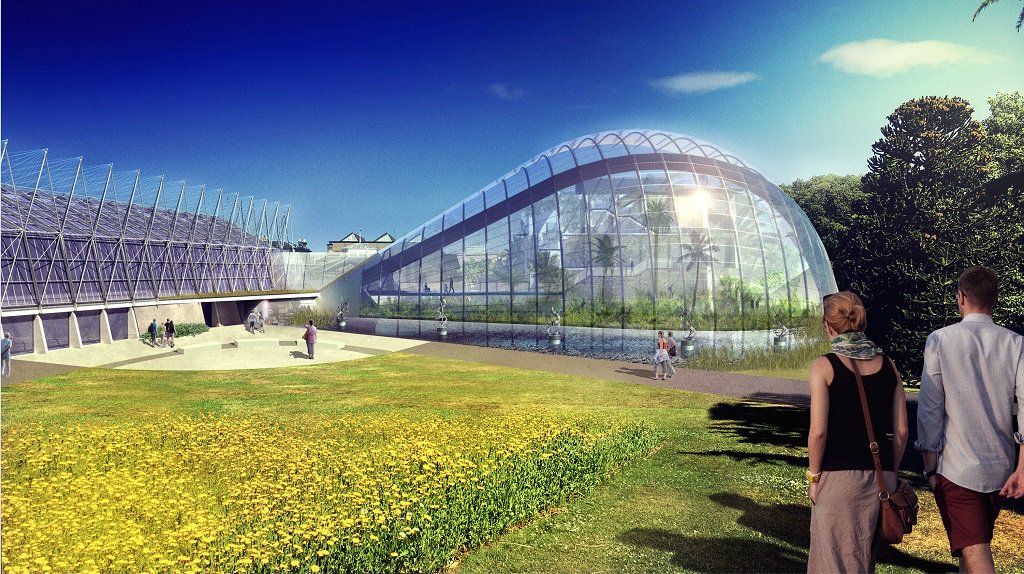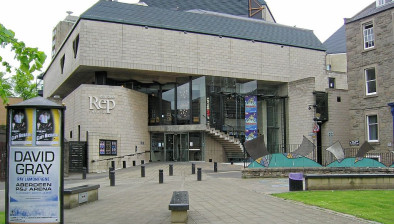Councillors back Royal Botanic Garden Edinburgh’s £70m transformation plan
Restoration and redevelopment plans by the Royal Botanic Garden Edinburgh (RBGE) have gained planning approval from the City of Edinburgh Council.
About this development:
- Authority:Edinburgh City
- Type:Leisure
- Applications:
- Team:Smith Scott Mullan Associates (architect), Nicoll Russell Studios (architect (new public glasshouse) ), Arcadis (project manager/cost consultant ), Harley Haddow (civil and structural engineer/mechanical and electrical services engineer ), Ironside Farrar (landscape architect/planning and consultation )

The £70 million Edinburgh Biomes project aims to safeguard Scotland’s “priceless” national plant collections. It will also guarantee the garden’s status as a world-leading centre for plant science, horticulture and conservation.
RBGE said the councillors’ support will allow the organisation to address real and increasing threats, such a plant disease and habitat loss, and to deliver a globally-important resource integral to its remit to explore, conserve and explain the world of plants for a better future.
Designed by Smith Scott Mullan Associates with Nicoll Russell Studios, the project has been approved at a time when the two grade A-listed Victorian Palm Houses and 1960’s public and research Glasshouses on its Edinburgh site require substantial restoration and refurbishment. Without urgent action, they would become unsafe and unsound by 2025, putting at risk the priceless Living Collection of 34,000+ plants they house.

Under the plans, there will be significant improvements from the refurbishment and new plantings in the public Glasshouses. The most visible change will be the addition of a stunning new glasshouse linking to the Front Range houses. Its initial purpose will be to provide temporary accommodation for the thousands of plants being decanted for the refurbishment of the public Glasshouses. Ultimately, it will become the point of welcome to a considerably rejuvenated Glasshouse Experience, taking visitors through the modernist Front Range and Victorian Temperate and Tropical Palm Houses.
Planned to take shape through a progression of stages over seven years, the Edinburgh Biomes project will include new research facilities dedicated to combating the increasing numbers of plant pathogens damaging the environment, commerce and gardens big and small. There will be new education facilities to engage with students from primary school through to PhD, locally and around the world. Central to these improvements will be an efficient, cost-effective energy centre, significantly reducing the Garden’s carbon emissions.

Regius Keeper Simon Milne MBE said: “As a world-leading botanic garden responding to the climate emergency and the associated alarming loss of biodiversity, we recognise this is an essential, urgent and exciting project of national and international significance, bringing great benefits to society. It is a necessity to avoid the catastrophic loss of up to four thousand species in our collection.
“The planning decision enables us to move forward with what is the most significant project in the Garden’s history. The need for our pioneering work has never been greater, be it through cutting-edge science, impactful education or inspiring people with the beauty and value of natural capital. Edinburgh Biomes is crucial to achieving this and the project needs the widest possible support if we are to secure our place as a leader in plant science and education, horticulture and ensure the astonishing Living Collection thrives for future generations. Edinburgh Biomes will engage people of all backgrounds and nationalities, inspiring them to be part of the protection of plant life that sustains and delights us.”





















